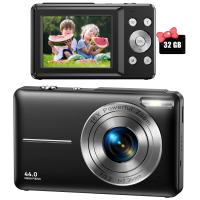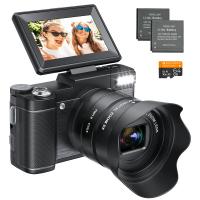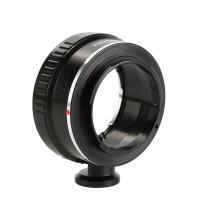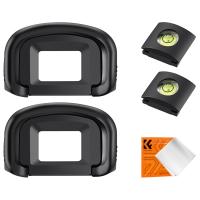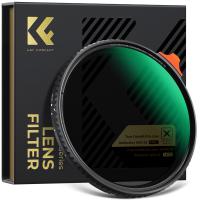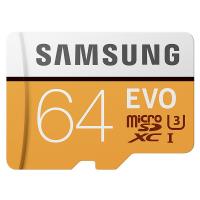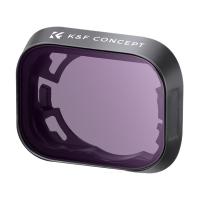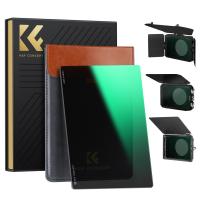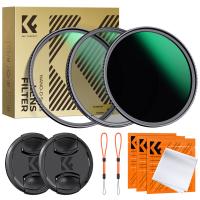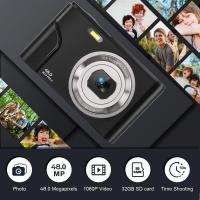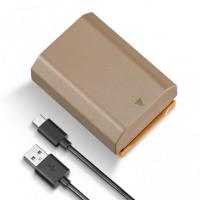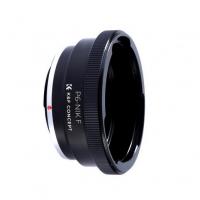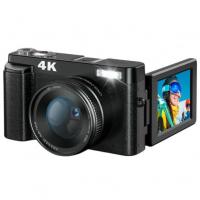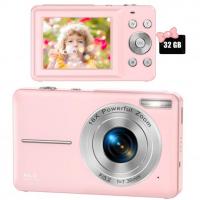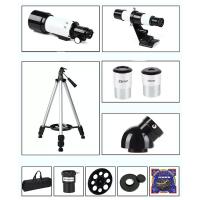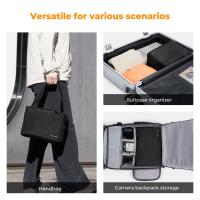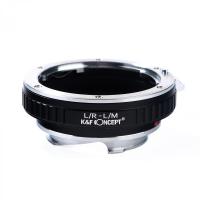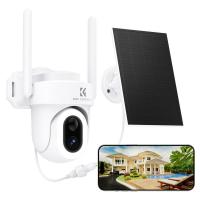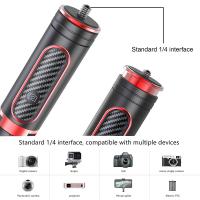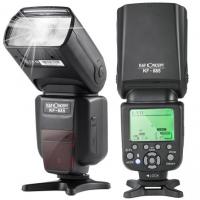Which Batteries For A Digital Camera?
When choosing the right battery for a digital camera, understanding the factors that influence performance, compatibility, and longevity is crucial. Batteries power the digital camera for all its functions, from taking photos to using various advanced features such as Wi-Fi, autofocus, and image stabilization. This guide will help you navigate the different battery types, discuss factors affecting battery life, and provide recommendations for the best batteries to use, depending on your camera model and specific needs.
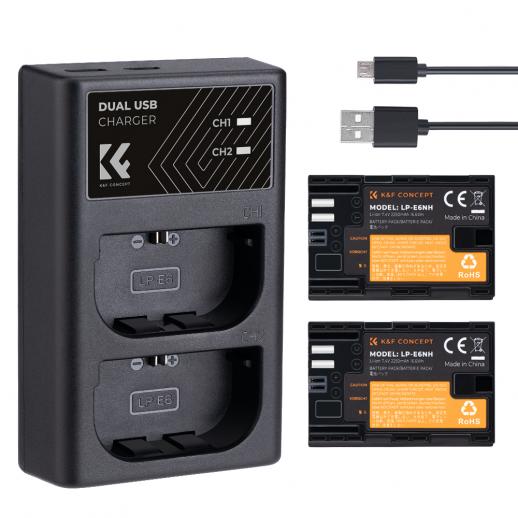
1. Types of Digital Camera Batteries
Digital cameras typically use one of the following types of batteries: AA batteries, proprietary rechargeable batteries, or lithium-ion (Li-ion) batteries.
AA Batteries
Some older or more basic digital cameras still use AA batteries. These can be either disposable alkaline batteries or rechargeable NiMH (Nickel-Metal Hydride) batteries. While they are convenient because they are widely available, AA batteries often lack the long-lasting power needed for more advanced digital cameras. AA batteries are more common in entry-level or point-and-shoot models, but even these cameras now increasingly support lithium-ion alternatives.
Proprietary Rechargeable Batteries
Most modern digital cameras, especially digital SLRs (DSLRs), mirrorless models, and high-end compact cameras, use proprietary rechargeable batteries designed specifically for that model. These batteries are typically more powerful, longer-lasting, and optimized for the camera's features. They are usually a bit more expensive than AA batteries, but the cost is justified by the performance gains.
Lithium-Ion Batteries
Lithium-ion batteries are the most commonly used type in modern digital cameras due to their light weight, high energy density, and long battery life. Li-ion batteries tend to last much longer per charge compared to AA batteries or even NiMH batteries, making them the preferred choice for cameras requiring extended shooting sessions. They are also rechargeable, which makes them more cost-effective in the long run compared to disposable alternatives.
2. Battery Life Considerations
When choosing a battery for your digital camera, it’s not just about the type, but also how long the battery can last and how quickly it charges. Several factors influence battery life in a digital camera:
Camera Type and Usage
Different camera types (DSLR, mirrorless, compact) consume varying amounts of power. High-end DSLR cameras, with their powerful sensors, image processors, and LCD displays, can consume more power than point-and-shoot cameras or mirrorless models. The way you use the camera—whether you’re using it for video recording, continuous shooting, or just occasional photography—will also affect how quickly the battery drains.
Temperature
Batteries tend to drain faster in extreme temperatures, whether it’s too cold or too hot. If you're shooting outdoors in extreme conditions, you may want to carry an extra battery or look for one that can handle varying temperatures without significantly decreasing performance.
Flash Use
If you frequently use your camera’s flash, you’ll find that the battery will drain more quickly. Flash shots require a quick power surge, which places additional strain on the battery.
LCD/EVF Use
The constant use of the LCD screen or electronic viewfinder (EVF) can also shorten battery life. In cameras that rely heavily on the EVF for composing shots or in those with large, high-definition LCD screens, expect a significant drain in power, especially if you are reviewing photos after every shot.
3. Choosing the Right Battery Based on Camera Model
Canon Cameras
For Canon users, most digital cameras—especially their popular EOS DSLR and mirrorless lines—use proprietary LP-E6 or LP-E17 batteries. These batteries are known for their long life and consistent performance. The LP-E6, for example, is used in models like the Canon EOS 5D Mark IV and EOS R series. If you need extended battery life, especially for video shooting or long sessions, investing in an extra LP-E6N (the updated version) is a smart move.
Recommended:
- Canon LP-E6N: For DSLR and mirrorless models like EOS 5D Mark IV, EOS R.
- Canon LP-E17: For lightweight mirrorless models like EOS Rebel T7i or EOS M50.
Nikon Cameras
Nikon’s digital cameras, like the D-series DSLRs and Z-series mirrorless cameras, typically use EN-EL batteries. The EN-EL15 is one of the most common battery types, providing excellent longevity and performance. Models such as the Nikon D7500, D850, and Z6 use this battery. For photographers who require even longer battery life, Nikon offers the EN-EL18, which is used in the high-end D5 and D6 models.
Recommended:
- Nikon EN-EL15: Suitable for most Nikon DSLR and mirrorless models like the D7500, D850, Z6.
- Nikon EN-EL18: For high-end cameras such as the Nikon D5 and D6.
Sony Cameras
Sony, with its strong presence in the mirrorless camera market, primarily uses NP-FW50 and NP-FZ100 batteries. The NP-FW50 is used in smaller mirrorless models like the Alpha A6000 and A6300. However, for professional-grade mirrorless cameras such as the Sony Alpha 7 series and Alpha 9 series, the NP-FZ100 provides more power, enabling longer shooting sessions without worrying about battery drain.
Recommended:
- Sony NP-FW50: For smaller mirrorless models like Alpha A6000, A6300.
- Sony NP-FZ100: For full-frame models like the Alpha 7 III, A9 II.
Panasonic and Olympus
Both Panasonic and Olympus mirrorless cameras generally use the DMW-BLF19 or BLS50 battery models. These cameras, which include models like the Panasonic Lumix GH5 and Olympus OM-D E-M1, offer solid performance for video and photo capture. Panasonic also offers larger batteries for their GH series, such as the DMW-BGGH5, which helps with longer shoot times.
Recommended:
- Panasonic DMW-BLF19: For cameras like the Panasonic Lumix GH5.
- Olympus BLS50: For mirrorless cameras such as the Olympus OM-D E-M1.
4. External Battery Solutions and Power Banks
If you frequently shoot for long periods, especially for events, travel, or other situations requiring extended sessions, carrying a backup battery or using an external power source can be a game-changer. There are multiple options for external battery packs, power banks, or even vertical grips that can hold additional batteries for your camera. Some models, like the Canon EOS R5 or the Sony Alpha A7 III, offer vertical battery grips that can double battery life significantly.
External power banks are another viable option, especially for cameras with USB charging capabilities. These portable devices allow you to recharge your camera's battery during long shoots without needing to swap out batteries. Make sure the power bank is compatible with your camera’s charging port and battery specifications for optimal performance.
5. Tips for Maximizing Battery Life
- Turn off Wi-Fi and GPS: If your camera has Wi-Fi or GPS capabilities, turn them off when not in use to conserve battery power.
- Lower Screen Brightness: Reducing the brightness of your camera’s LCD screen can extend battery life.
- Avoid Overcharging: Though most modern batteries feature built-in protection, it’s still a good idea not to leave the camera plugged in for extended periods when fully charged.
- Carry Spare Batteries: Especially for video shooting or long photo sessions, spare batteries are invaluable.
6. The Ultimate Battery Upgrade for Your Camera
The ultimate choice for battery life depends on your shooting style and needs. For professional photographers and videographers who rely heavily on extended battery performance, investing in extra high-capacity batteries, external power solutions, and carrying a spare charger can make a significant difference. If you're an amateur or casual photographer, standard rechargeable batteries will likely suffice for everyday use, but always keep an eye on battery performance, especially for high-power applications like shooting 4K video.
In conclusion, selecting the right battery for your digital camera is an investment in your photography experience. Whether you opt for the convenience of AA batteries or the power-packed performance of lithium-ion alternatives, understanding your camera’s power requirements and knowing how to maximize battery efficiency will ensure you never miss the perfect shot due to a dead battery. Always consider carrying extras when you plan to shoot for extended periods, and factor in your camera’s specific power needs when making your selection.

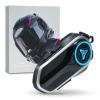
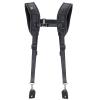

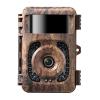



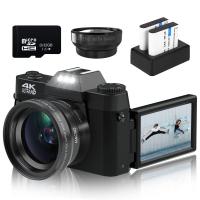
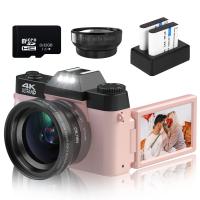
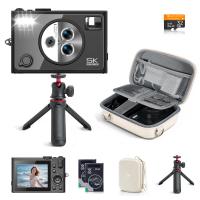
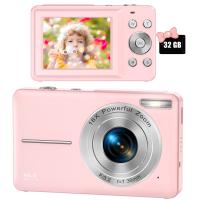
![4K Digital Camera for Photography & Video [Autofocus and Stabilisation] 48MP 16X Digital Zoom 3” 180° Flip Screen Vlog Camera with 32G SD Card, Flash 4K Digital Camera for Photography & Video [Autofocus and Stabilisation] 48MP 16X Digital Zoom 3” 180° Flip Screen Vlog Camera with 32G SD Card, Flash](https://img.kentfaith.com/cache/catalog/products/us/GW41.0065/GW41.0065-1-200x200.jpg)
